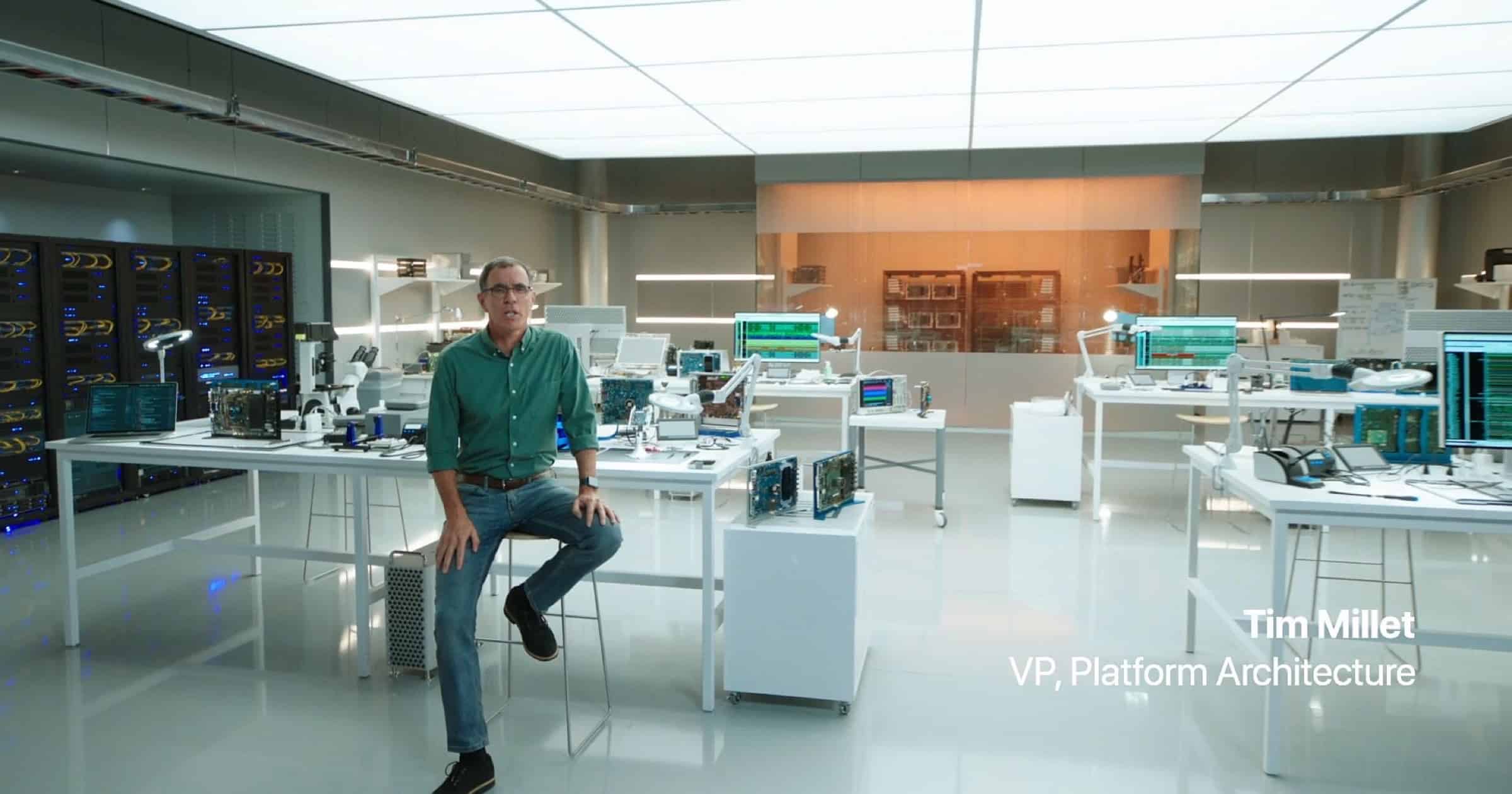Tim Millet, Apple’s Vice President for Platform Architecture, spoke to The Star about the A14 Apple chip found in the iPad Air 4 (via stern.de).
A14 Apple Chip
Mr. Millet spoke of the enormous advances in Apple’s chipsets. In 2017 the company launched the iPhone X, the first iPhone with a component that Apple calls a Neural Engine. In just three years the A14 has been able to achieve a lot more:
Progress is immense: The neural engine in the A11 chip, which was in the iPhone X in 2017 – the first model with face unlocking – was able to process 600 billion computing operations per second. With the A14 Bionic, it is already 11 trillion calculations per second.
The basis for this is also new manufacturing techniques. The A9 chip, which premiered in the iPhone 6s in September 2015, was still manufactured using the 16 nanometer process. Five years later, Apple is now the first manufacturer in the world to arrive at five nanometers with the A14 chip. If this pace is maintained, one should soon reach the limits of what is physically feasible.
It’s not just which company has the fastest chip. Although the A14 is built on a 5-nanometer process, Mr. Millet says of equal important is the implementation of software, referencing Apple’s specialty of designing hardware and software around each other.
He also explains the balancing act Apple performs with the problems that face masks pose to Face ID:
The facial recognition models are really good, but it’s a tricky problem. Users want convenience, but at the same time they want to be safe. And Apple is all about ensuring that the data remains secure.
Ultimately we can expect to see the A14 chip in the iPhone 12 models which will be announced in the next few weeks. Then, we’ll see official benchmarks to calculate how far Apple chips have advanced.
